Table of Contents
Whether you hate them or love them, beets’ culinary value is undeniable. This cool-weather crop can be eaten almost entirely, including its green tops. Homesteaders can choose from a wide selection of seedlings and grow beets at home.
Beet varieties are not exclusively red or purple in color. Some lesser-known varieties come in shades of gold, pink, and white. Surprisingly, there are also striped beets that carry these colors. Depending on your garden setup and kitchen needs, there’s a good beet variety for you to grow.
Common Beet Types
Different types of beets vary in flavor, resistance, shape, size, and yield. Some varieties have been cultivated due to their longer storage life, while others have been prized for their greens. Before we explore more specific varieties, let’s get to know the distinctions between heirloom and hybrid categories.
Heirloom and Hybrid Beets
Like other crops, beet (Beta vulgaris) has been cultivated throughout history. Some heirloom varieties have been maintained true to seed, while hybrid cultivars are improved and produced for beet mass production.
Bulls Blood, Chioggia, Detroit Dark Red, Golden Detroit, and Ruby Queen are some of the most popular heirloom beet varieties. Heirloom types are free from crossbreeding for at least 40 to 50 years. The seeds are ideal for seed saving, because you get the same traits from the same parent plant after sowing. Most heirloom varieties are passed down from generation to generation, preserved by ethnic, familial, or social organization in a geographic area.
If you look into seed markets, you may encounter heirloom seeds maintained by certain seed companies.
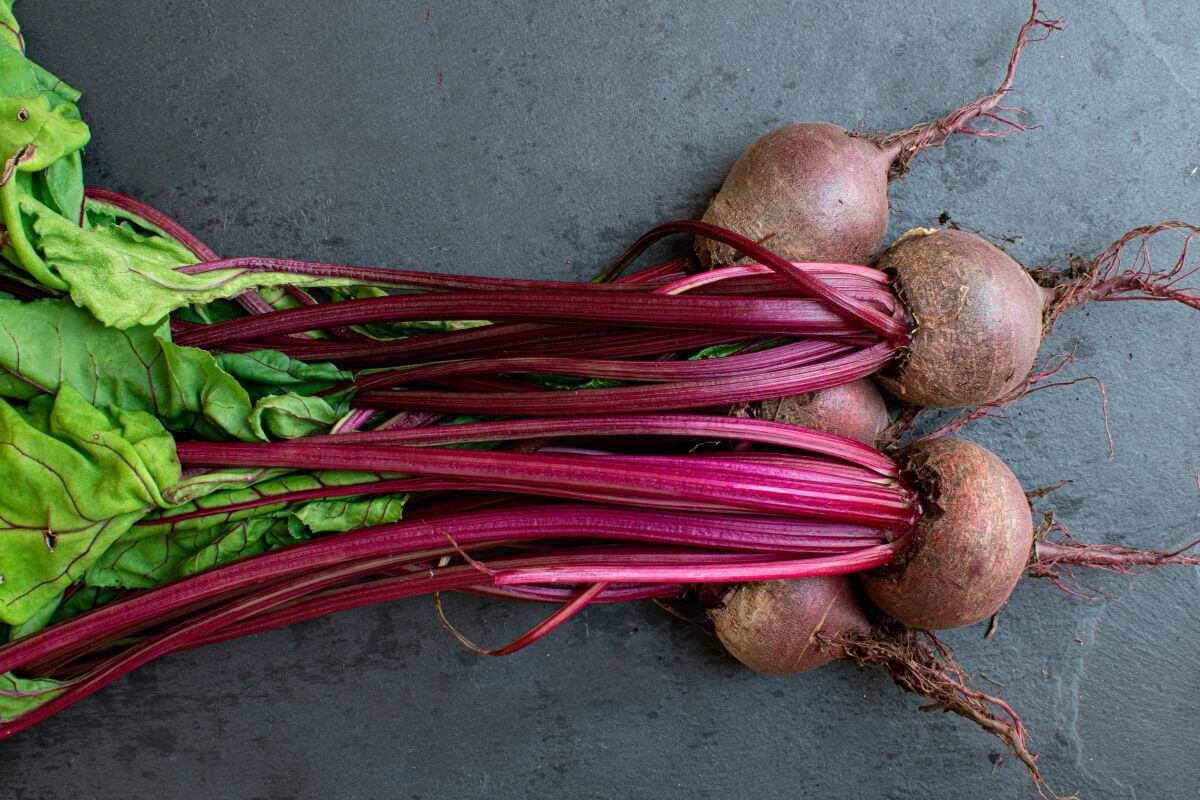
However, heirloom beet varieties tend to be more susceptible to diseases and pests. Through selective crossbreeding, agriculturists innovated hybrid varieties in hope of alleviating these issues. Azuma, Boro, Bresko, Merlin, Red Acre, and Zeppo are considered hybrid varieties, commonly labeled as F1. Some hybrid varieties are hardier to cold, disease, heat, and pest. Manual crossbreeding allows agriculturists to improve flavor, texture, and the yield of a resulting hybrid.
Due to these enhancements, hybrid beet varieties are more suitable for mass production.
Beet and Beetroot
Depending on your location the terms “beet” and “beetroot” are often used interchangeably.
The taproot of the beet plant and its entirety are referred to as beetroot, especially in the United Kingdom.
In Canada and North America, the “root” is omitted and simplified as beet.
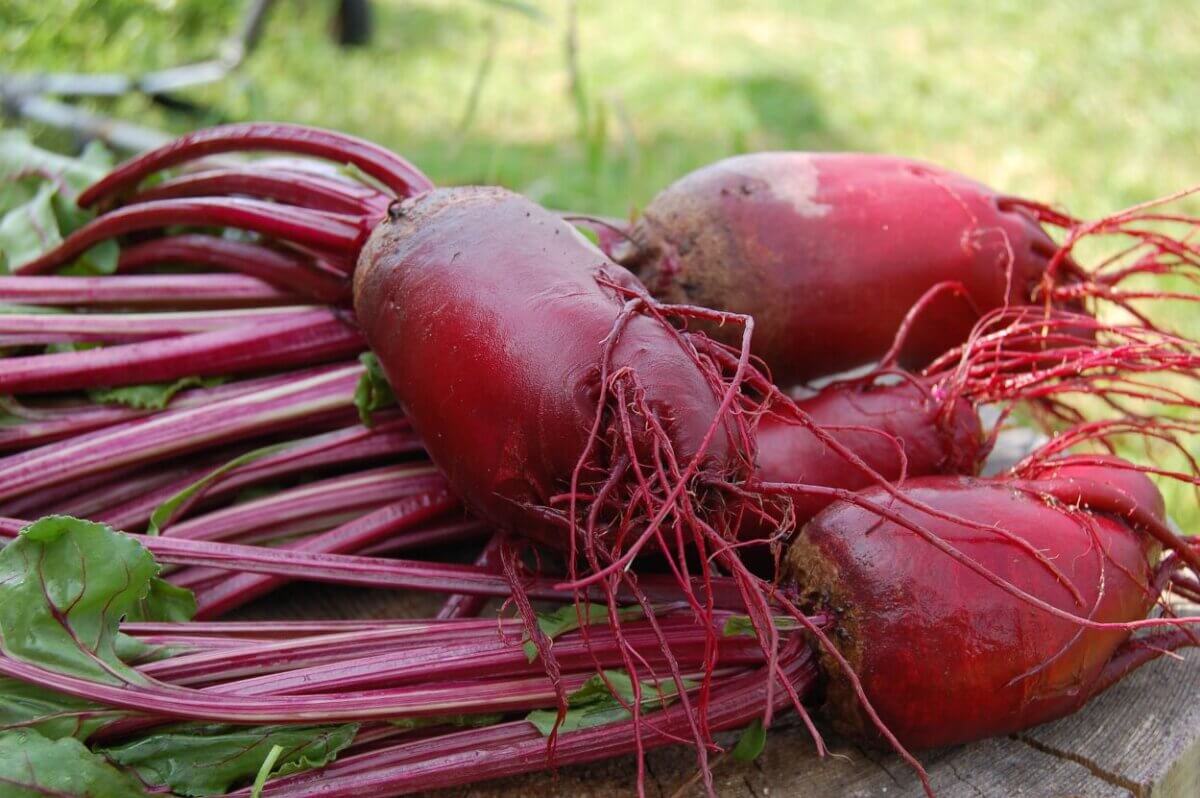
Other names for this specific plant include dinner beet, garden beet, and table beet.
In case you run out of leafy greens, consider the edible leaves of beets. These beet greens serve as a great alternative to Swiss chard or spinach.
Other Popular Beet Groupings
Enough beating around the bush, let’s meet these popular beet varieties, classified according to characteristics.
Types of Beet Colors
Apart from purple or red beets, different varieties also come in other colors, such as orange and white.
| Beet Colors | Common Examples (Where to Buy) |
|---|---|
| Purple/Red Beets | Bulls Blood (Eden Brothers, Territorial Seed Company, True Leaf Market, Rare Seeds) Crosby Egyptian (Eden Brothers, True Leaf Market, Rare Seeds) Cylindra or Formanova (Territorial Seed Company, True Leaf Market, Rare Seeds) Detroit Dark Red (Eden Brothers, True Leaf Market, Rare Seeds) Ruby Queen (Eden Brothers, True Leaf Market) |
| Orange/Yellow Beets | Boldor (Territorial Seed Company) Golden (True Leaf Market, Rare Seeds) Golden Detroit (True Leaf Market) Touchstone Gold (Territorial Seed Company) |
| White Beets | Albino (True Leaf Market, Rare Seeds) Avalanche (Territorial Seed Company) White Detroit (True Leaf Market) |
| Bicolored Beets | Chioggia (Eden Brothers, Territorial Seed Company, True Leaf Market, Rare Seeds) |
Types of Beet Shapes
Round beets are common, but some varieties have an elongated shape.
| Beet Shapes | Common Examples (Where to Buy) |
|---|---|
| Bulbous/Round Beets | Boro (Territorial Seed Company) Lutz Green Leaf (Eden Brothers, Territorial Seed Company, True Leaf Market) Merlin (Territorial Seed Company) Red Ace (Territorial Seed Company, True Leaf Market) Zeppo (Territorial Seed Company) |
| Cylindrical/Elongated Beets | Carillon (Territorial Seed Company) Cylindra or Formanova (Territorial Seed Company, True Leaf Market, Rare Seeds) Sugar Beet (Eden Brothers) |
Types of Beet Flavors
Generally, beets have an earthy flavor due to a chemical known as geosmin. Some varieties are sweeter than others.
| Beet Flavors | Common Examples (Where to Buy) |
|---|---|
| Earthy/Nutty Beets | Chioggia (Eden Brothers, Territorial Seed Company, True Leaf Market, Rare Seeds) Cylindra or Formanova (Territorial Seed Company, True Leaf Market, Rare Seeds) Early Wonder Tall Top (Eden Brothers, Territorial Seed Company, True Leaf Market) Golden (True Leaf Market, Rare Seeds) Red Mammoth Mangel (Rare Seeds) |
| Sweet Beets | Bulls Blood (Eden Brothers, Territorial Seed Company, True Leaf Market, Rare Seeds) Detroit Dark Red (Eden Brothers, True Leaf Market, Rare Seeds) Red Ace (Territorial Seed Company, True Leaf Market) Ruby Queen (Eden Brothers, True Leaf Market) White Detroit (True Leaf Market) |
Types of Beet Textures
Fresh beets can provide an extra bite to salads. Varieties on the softer side can be easily blended in smoothies.
| Beet Textures | Common Examples (Where to Buy) |
|---|---|
| Crisp/Crunchy Beets | Albino (True Leaf Market, Rare Seeds) Avalanche (Territorial Seed Company) Carillon (Territorial Seed Company) Chioggia (Eden Brothers, Territorial Seed Company, True Leaf Market, Rare Seeds) White Detroit (True Leaf Market) |
| Tender Beets | Bulls Blood (Eden Brothers, Territorial Seed Company, True Leaf Market, Rare Seeds) Cylindra or Formanova (Territorial Seed Company, True Leaf Market, Rare Seeds) Detroit Dark Red (Eden Brothers, True Leaf Market, Rare Seeds) Lutz Green Leaf (Eden Brothers, Territorial Seed Company, True Leaf Market) Red Ace (Territorial Seed Company, True Leaf Market) |
Types of Beet Lifecycles
Beets are technically an annual plant, but some varieties below are treated as biennial crops in the country.
| Beet Lifecycles | Common Examples (Where to Buy) |
|---|---|
| Annual | Chioggia (Eden Brothers, Territorial Seed Company, True Leaf Market, Rare Seeds) Crosby Egyptian (Eden Brothers, True Leaf Market, Rare Seeds) Cylindra or Formanova (Territorial Seed Company, True Leaf Market, Rare Seeds) Golden Detroit (True Leaf Market) Ruby Queen (Eden Brothers, True Leaf Market) |
| Biennial (but usually grown as annual in the United States) | Albino (True Leaf Market, Rare Seeds) Detroit Dark Red (Eden Brothers, True Leaf Market, Rare Seeds) Golden (True Leaf Market, Rare Seeds) Sugar Beet (Eden Brothers) |
Types of Geographic Origins
Some historians believe that beets have Mediterranean origins. Greeks have cultivated sea beets as leafy greens, calling them teutlon or teutlion.
| Geographic Origins | Common Examples (Where to Buy) |
|---|---|
| European, and Mediterranean Beets | Avalanche (Territorial Seed Company) Bulls Blood (Eden Brothers, Territorial Seed Company, True Leaf Market, Rare Seeds) Chioggia (Eden Brothers, Territorial Seed Company, True Leaf Market, Rare Seeds) Cylindra or Formanova (Territorial Seed Company, True Leaf Market, Rare Seeds) Early Wonder Tall Top (Eden Brothers, Territorial Seed Company, True Leaf Market) |
| North American Beets | Detroit Dark Red (Eden Brothers, True Leaf Market, Rare Seeds) Golden Detroit (True Leaf Market) White Detroit (True Leaf Market) |
Types of Culinary Uses
Beets’ versatile uses make them a superb plant to grow in your home garden.
| Culinary Uses | Common Examples (Where to Buy) |
|---|---|
| Beets for Canning/Freezing/Pickling | Boro (Territorial Seed Company) Cylindra or Formanova (Territorial Seed Company, True Leaf Market, Rare Seeds) Red Ace (Territorial Seed Company, True Leaf Market) |
| Beets for Cooking | Green Top Bunching (True Leaf Market) Lutz Green Leaf (Eden Brothers, Territorial Seed Company, True Leaf Market) White Detroit (True Leaf Market) |
| Beets for Salads | Chioggia (Eden Brothers, Territorial Seed Company, True Leaf Market, Rare Seeds) Early Wonder Tall Top (Eden Brothers, Territorial Seed Company, True Leaf Market) Golden (True Leaf Market, Rare Seeds) |
| Beets for Juicing | Avalanche (Territorial Seed Company) Boldor (Territorial Seed Company) Detroit Dark Red (Eden Brothers, True Leaf Market, Rare Seeds) |
Types of Disease Resistance
Other varieties are more resistant to disease. Resistance on Cercospora leaf spot, downy and powdery mildew, and Rhizoctonia crown and root rot differs, depending on the hybrid cultivar.
| Disease Resistance | Common Examples (Where to Buy) |
|---|---|
| Disease Resistant Beets | Avalanche (Territorial Seed Company) Boro (Territorial Seed Company) Carillon (Territorial Seed Company) Golden Detroit (True Leaf Market) Merlin (Territorial Seed Company) Red Ace (Territorial Seed Company, True Leaf Market) |
| Susceptible Varieties | Bulls Blood (Eden Brothers, Territorial Seed Company, True Leaf Market, Rare Seeds) |
Types of Preferred Growing Conditions
Compact beet varieties are suitable for container planting, but beets with wide leaf growth will require more garden space. Consider your resources before picking which beet variety to plant.
| Preferred Growing Conditions | Common Examples (Where to Buy) |
|---|---|
| Container Beets | Chioggia (Eden Brothers, Territorial Seed Company, True Leaf Market, Rare Seeds) Crosby Egyptian (Eden Brothers, True Leaf Market, Rare Seeds) Detroit Dark Red (Eden Brothers, True Leaf Market, Rare Seeds) Early Wonder Tall Top (Eden Brothers, Territorial Seed Company, True Leaf Market) Zeppo (Territorial Seed Company) |
| Field/Greenhouse Beets | Carillon (Territorial Seed Company) Cylindra or Formanova (Territorial Seed Company, True Leaf Market, Rare Seeds) Golden (True Leaf Market, Rare Seeds) Golden Detroit (True Leaf Market) Sugar Beet (Eden Brothers) |
Popular Varieties of Table Beets
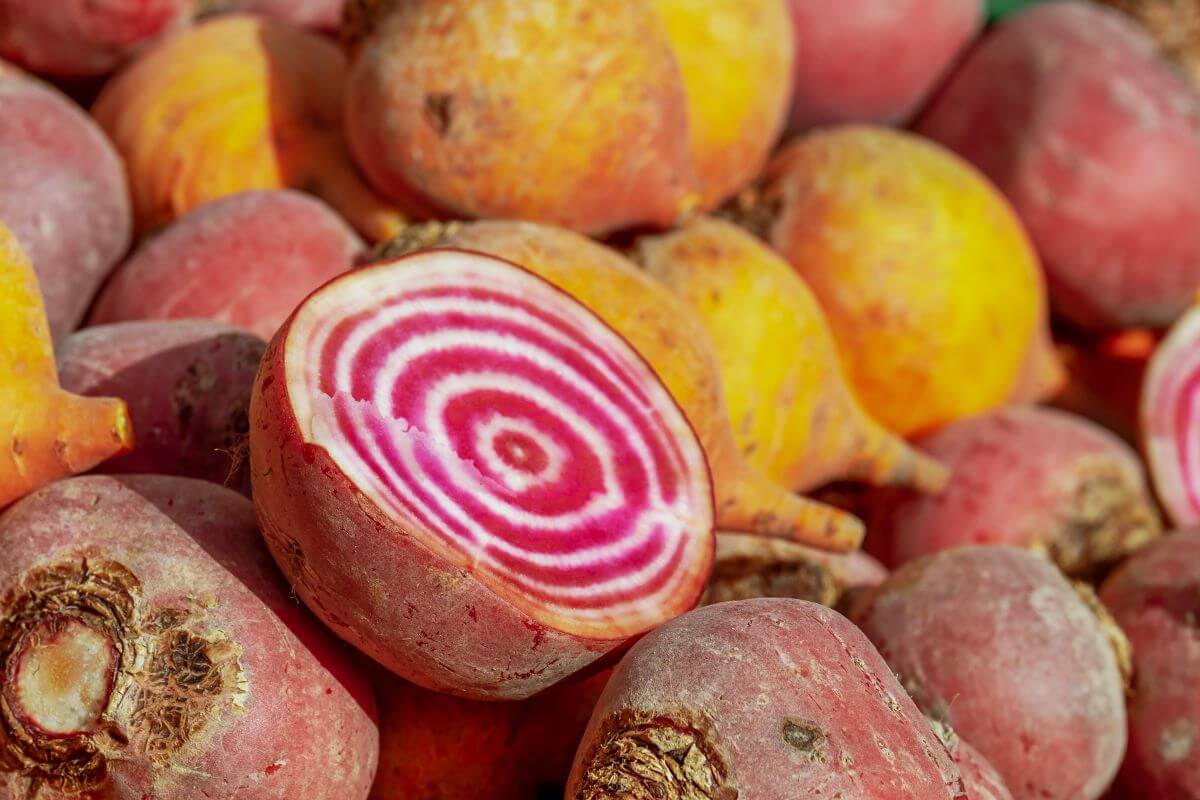
Table beets are mostly cultivated for their edible roots. Whether canning, pickling, or pureeing, there’s a table beet variety for that.
| Variety | Description | Days to Germination | Days to Maturity | Where to Buy |
|---|---|---|---|---|
| Albino | One of the most popular white beet varieties, Albino yields a pale, bulbous root crop packed with sweetness and robust beet flavor. | 14 to 21 days | 50 to 55 days | True Leaf Market, Rare Seeds |
| Chioggia | Named after a Venetian town, Chioggia beet is a well-known variety for its uses in European cuisine. The resulting root vegetable from this heirloom cultivar has a purple to red exterior. Once chopped, the flesh boasts an eye-catching candy cane-like appearance with concentric rings of red and white. | 5 to 10 days | 55 to 65 days | Eden Brothers, Territorial Seed Company, True Leaf Market, Rare Seeds |
| Cylindra or Formanova | Cylindra grows cylindrical-shaped beets, reaching anywhere between 6 to 9 inches long. Its smooth skin will save you time in peeling, while its earthy flavor enhances during roasting. | 5 to 12 days | 60 to 65 days | Territorial Seed Company, True Leaf Market, Rare Seeds |
| Detroit Dark Red | Home gardeners often select the Detroit Dark Red for its globe-shaped red roots and edible green leaves. It is the standard red beet among U.S. households since 1892. This variety is resistant to cold weather and flourishes in well-drained soil. You can plant your Detroit Dark Red seeds in early spring or late summer. | 5 to 14 days | 55 to 60 days | Eden Brothers, True Leaf Market, Rare Seeds |
| Golden | If you’re tired of the red spill that traditional red beets leave in your kitchen counter, opt for the Golden variety. Its fleshy root can be sliced and served raw, providing extra crunch and sweet taste to salad or slaw. | 5 to 15 days | 58 to 63 days | True Leaf Market, Rare Seeds |
| Golden Detroit | The tender beets from the Golden Detroit variety are orange to yellow in color. The sugary taste of this variety remains intact even after cooking. You can harvest the leaves 35 days after sowing for healthy baby greens. | 5 to 15 days | 55 to 60 days | True Leaf Market |
| Red Ace | Red Ace is a hybrid variety resistant to Cercospora leaf spot, downy and powdery mildew, and Rhizoctonia crown and root rot. This early-maturing variety can tolerate drought and yield uniform, medium-sized root crops. | 5 to 12 days | 50 to 55 days | Territorial Seed Company, True Leaf Market |
| White Detroit | Another alternative from the burgundy of common red beets, White Detroit grows stainless, white root crops packed with sweet flavor. | 5 to 10 days | 55 to 60 days | True Leaf Market |
Popular Varieties of Bunching Beets
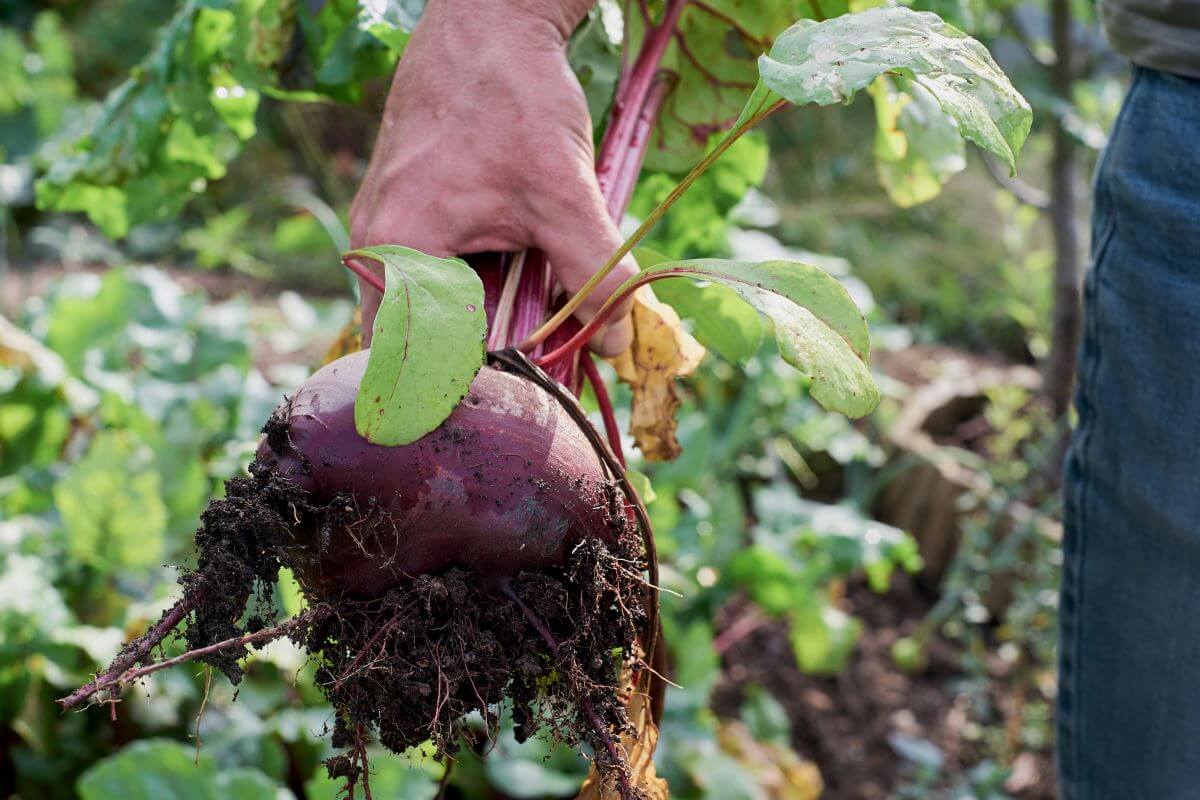
Bunching varieties tend to grow smaller beets with a globe shape and flattened top. Similar to some standard table beets, varieties of this type have consumable leaves. If you want to maximize tiny garden space, opt for the bunching types so you get the classic beetroot and crunchy leafy greens as an extra.
| Variety | Description | Days to Germination | Days to Maturity | Where to Buy |
|---|---|---|---|---|
| Early Wonder Tall Top | Introduced in 1911, this highly adaptable heirloom variety produces maroon-veined leafy greens and sweet, versatile beets. You can sow your Early Wonder Tall Top seeds 3 to 4 weeks before the last frost. On the 35th day after planting, you can harvest the sprouted seeds as baby greens. | 5 to 12 days | 35 to 60 days | Eden Brothers, Territorial Seed Company, True Leaf Market |
| Green Top Bunching | If your goal is additional greens in your vegetable garden, consider planting this variety. Green Top Bunching grows exceptionally tall, edible leaves, reaching at least 15 inches. The globe-shaped beet from this variety works excellently for pickling. | 14 to 21 days | 60 to 65 days | True Leaf Market |
| Lutz Green Leaf | Also known as Winterkeeper, Lutz Green Leaf is a perfect candidate for winter storage. It grows large green tops that continue to expand without becoming woody. | 5 to 15 days | 70 to 75 days | Eden Brothers, Territorial Seed Company, True Leaf Market |
| Ruby Queen | An All-America Selections winner, Ruby Queen can grow in less favorable conditions such as poor soil quality and full shade. The beet tops of this variety tend to be short, while its roots are uniform with a ringless interior. If you opt to can or pickle your Ruby Queen harvest, expect its color to remain intact. | 7 to 14 days | 52 to 57 days | Eden Brothers, True Leaf Market |
Popular Varieties of Mangel or Sugar Beets
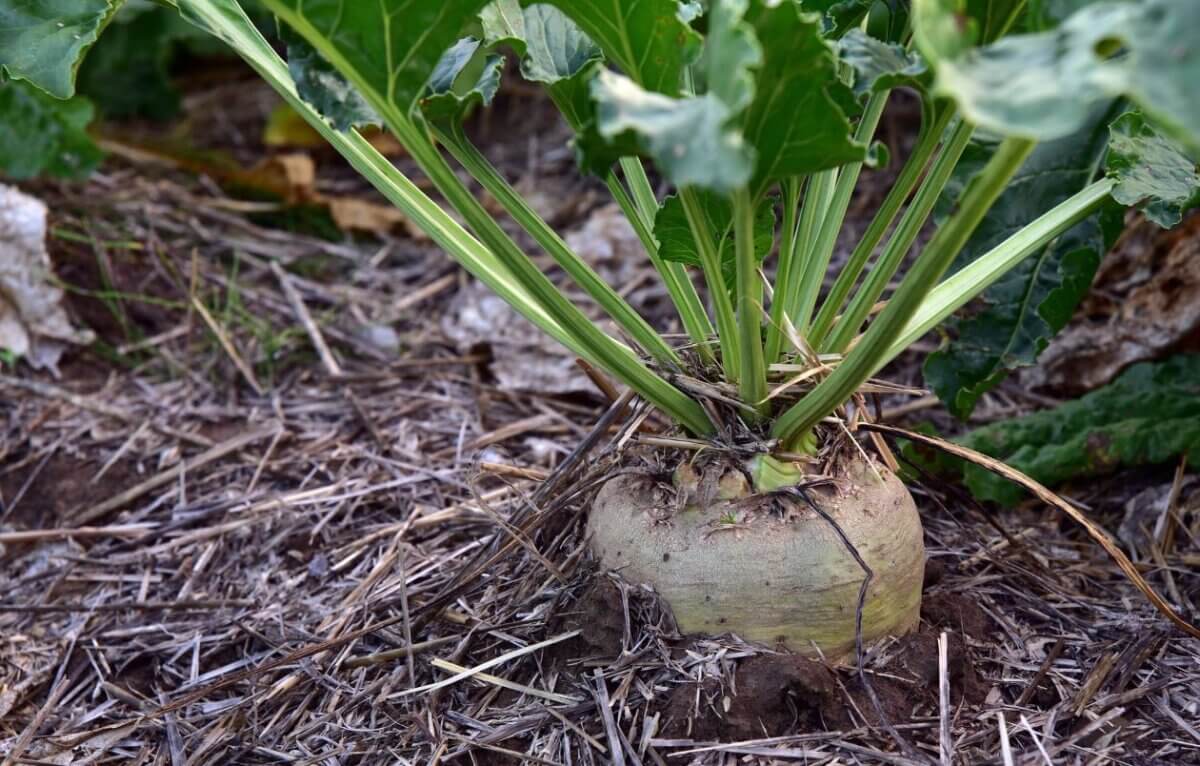
These beet varieties have high sugar content and are exceptionally sweet. While they can be consumed either cooked or fresh, mangel or sugar beets are commonly used for sugar production and feed production for livestock.
| Variety | Description | Days to Germination | Days to Maturity | Where to Buy |
|---|---|---|---|---|
| Red Mammoth Mangel | Homesteaders will love the Red Mammoth Mangel variety due to its high and reliable yield. Its red- to pink-fleshed beets can be processed into animal feed for your cows, goats, horses, or pigs. | 5 to 15 days | 100 to 105 | Rare Seeds |
| Sugar Beet | With countless culinary uses, Sugar Beet is a prized variety. Its large green leaves can be eaten in salads or applied to recipes as a substitute for spinach or Swiss chard. Apart from its raw applications, the resulting white beet from this variety is often processed into sugar. | 5 to 10 days | 100 to 105 days | Eden Brothers |
FAQ About Types of Beets
What is the most common beet type?
The red beet varieties are more common in grocery stores and farmers markets. It is most likely the type you imagine when thinking about beets, and their red juices which can be applied as a natural food color in desserts.
What gives color to beet types?
An organic, water-soluble compound known as betanin or phytolaccamin is abundant in beets. It gives them their natural red, violet, and yellow pigments.



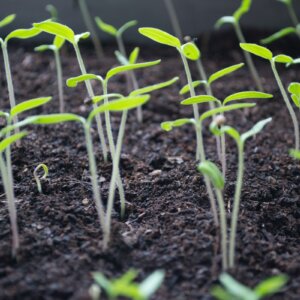
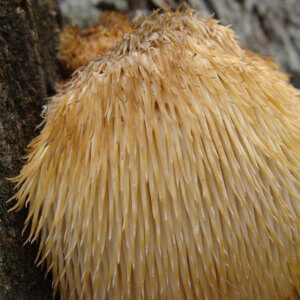
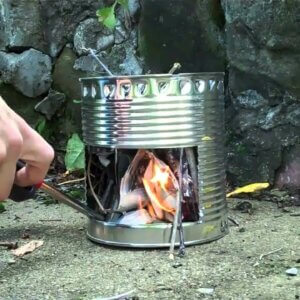

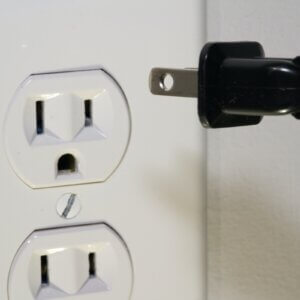
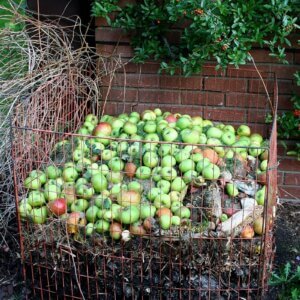


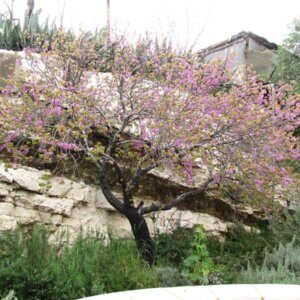
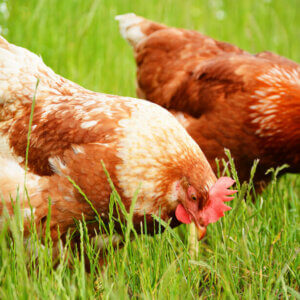
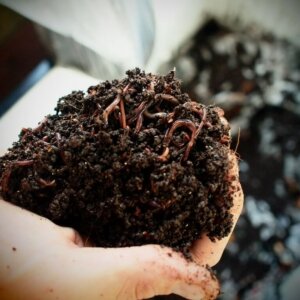
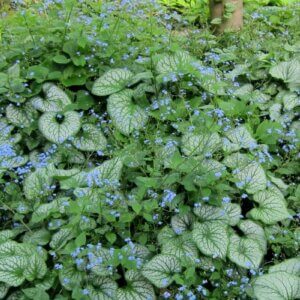


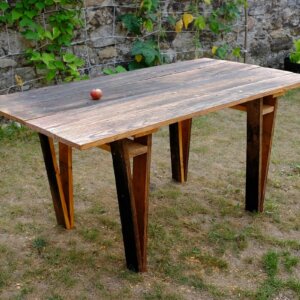

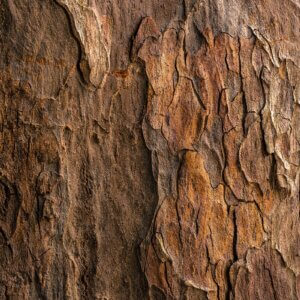
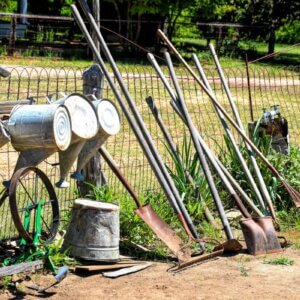

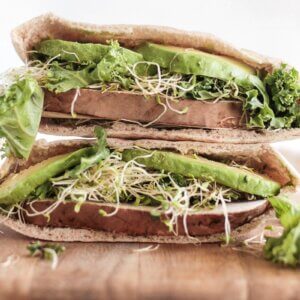
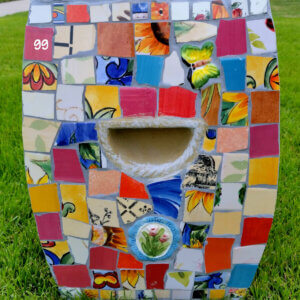

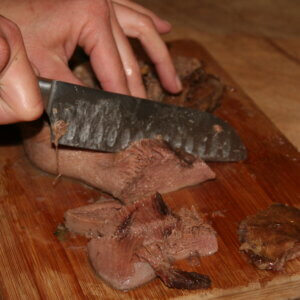
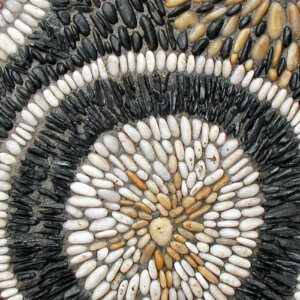


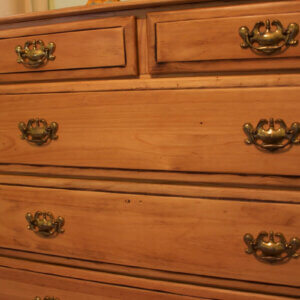
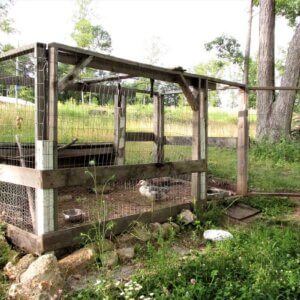
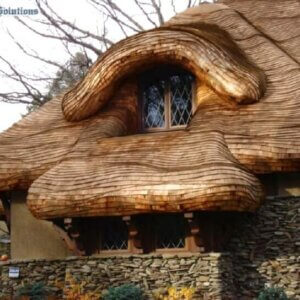

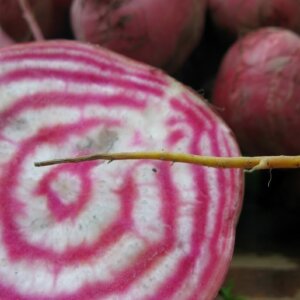






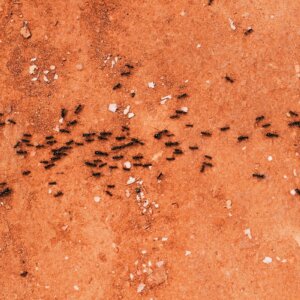
Leave a Reply